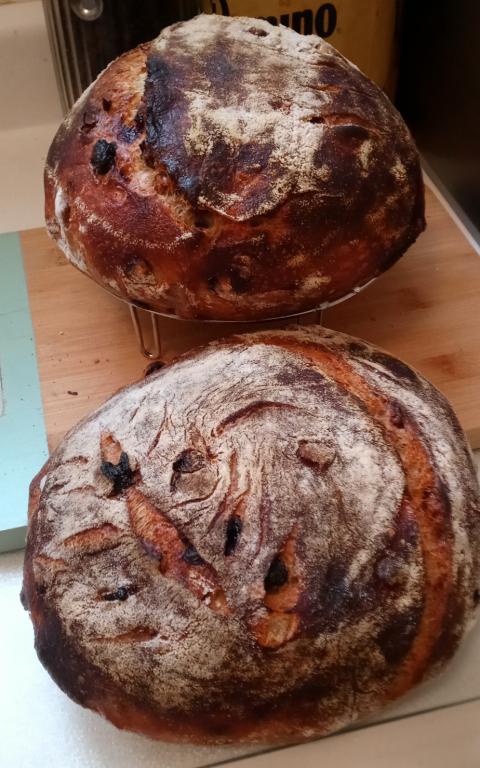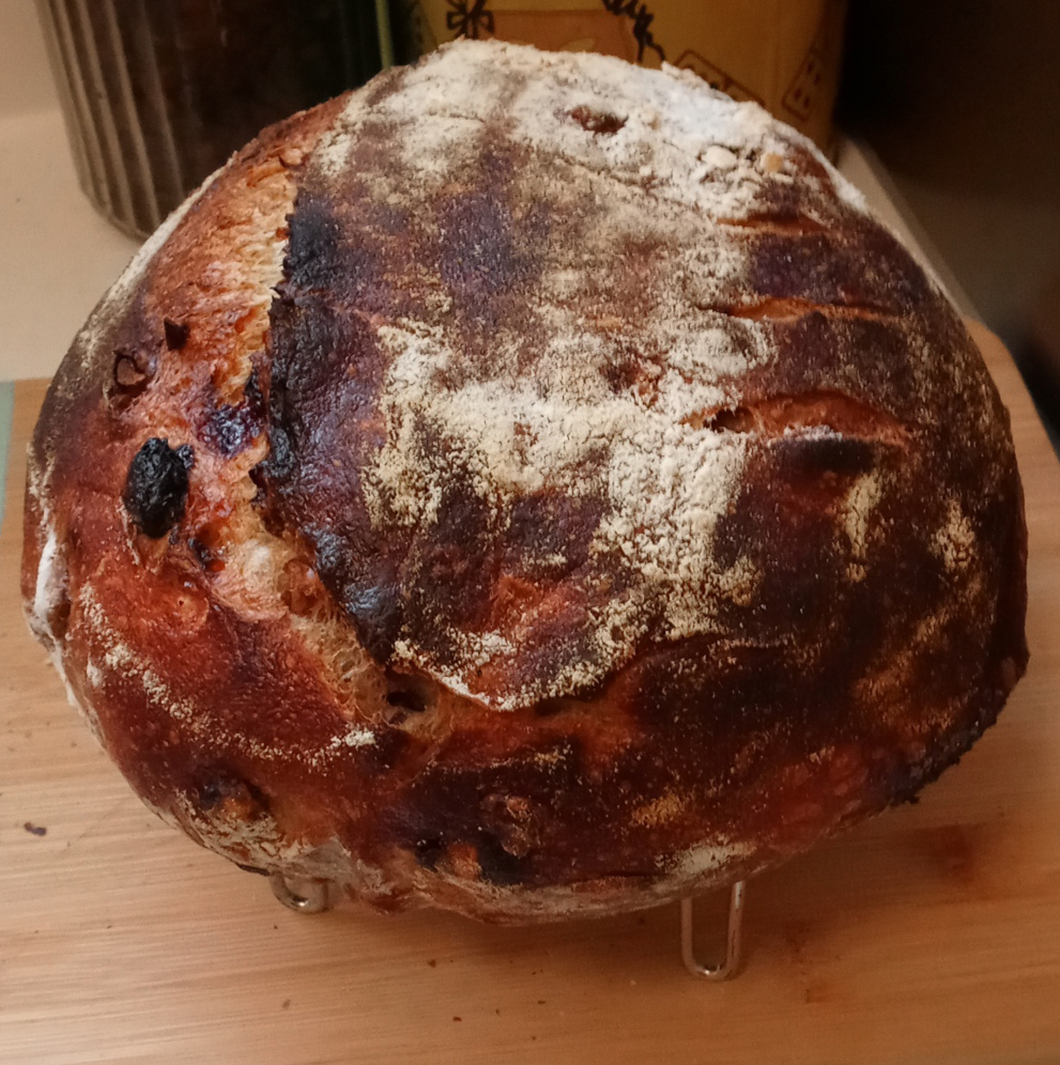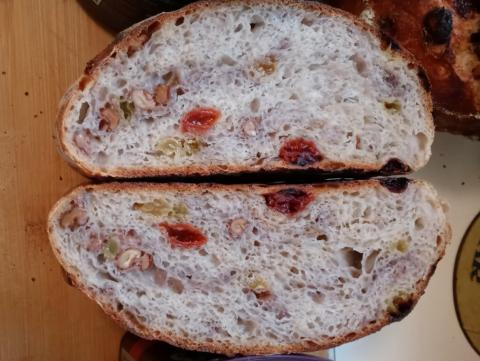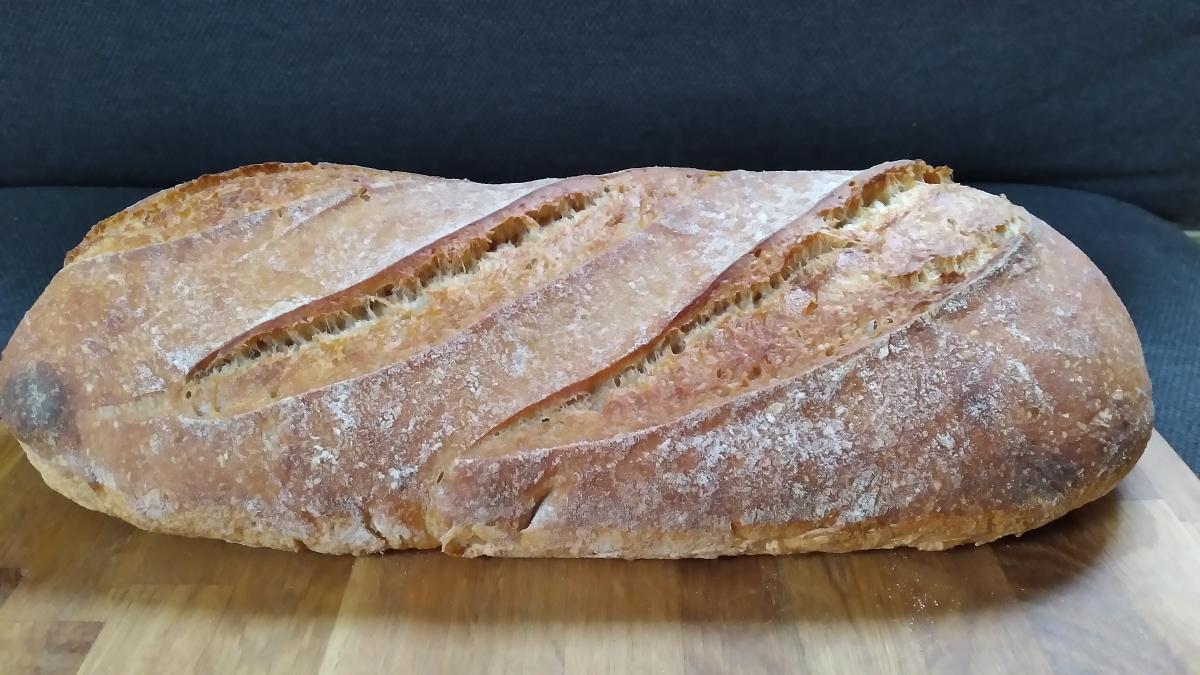
Starter doubling or tripling - time or target?
Just curious what most of you do when developing or refreshing a starter, in terms of doubling or tripling targets, and time it takes to get there.
I used to keep to the volume growth target, and refresh only when the levain made the target (or was beginning its decay phase, whenever that was). Aiming, over time, for the time and target - say, a tripling within 6 hours at 78F.
It occurs to me, though, that may not be right. Firstly, I wonder how much acid damage I'm doing by allowing it to get to that point consistently, rather than refreshing at an earlier stage of development.
Secondly, I surmise I'm favoring LAB over young, viable (and vital, "perky") yeast, and so am handicapping the relative leavening ability of the levain.
I'm going back to building blocks, and levain is central. For what it's worth, I develop a Rubaud-levain (as written by MC, Shiao-Ping and dmsnyder, for the most part), and maintain a rye culture.
Shooting for a tripling of the Rubaud levain within 7 hours. The levain is salted at the rate of 0.25% (after MC's protocol), so it's slower than it used to be, obviously. I'm currently doubling at 78F at 7 hours.
My bent is to just change out at this point, favoring young yeast, and proceeding in this lower-acid environment to my goal, the tripling target. (I prefer sweeter sourdough, "wheatiness" at the fore over fermentation organoleptic contributions).
Thoughts? Time or target?
NOTE: I should add that mariana's thread on Professor Calvel's pain au levain has been fundamental to me. When I see her levain screams to target at 3 hours, I know I'm not there! M. Rubaud similarly speaks of his robust levain. Mine is, well, other, yet. How to best get there?


















